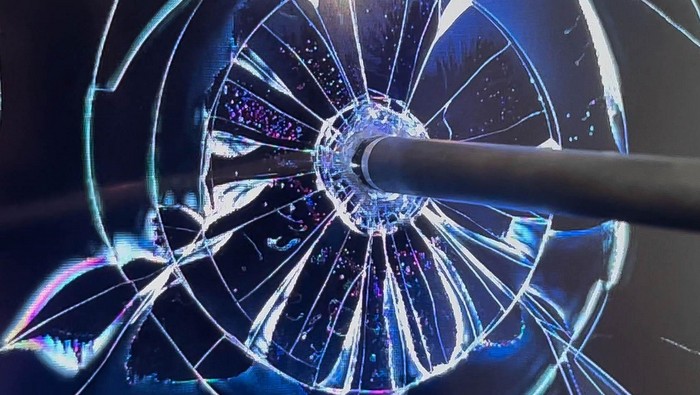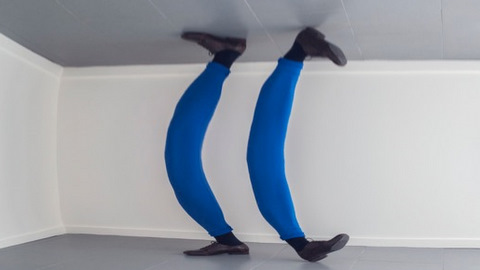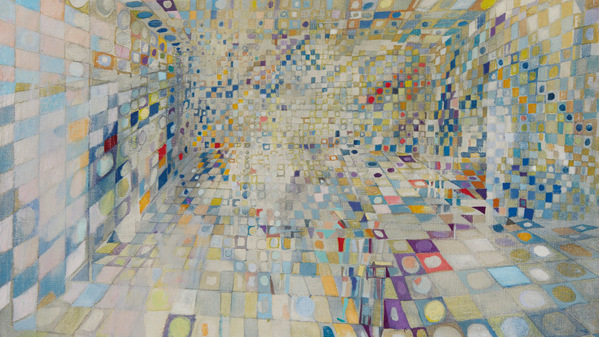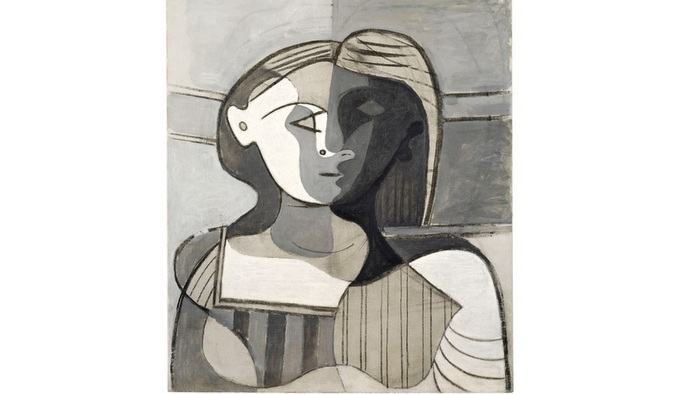Gluck50 is pleased to present Spectacle, an exhibition of work by American artist Jamie Isenstein created both in residence at Gluck50 and at her studio in Brooklyn, New York.
The word spectacle has two meanings in English that fall on opposite sides of the subject/object relationship. In one sense the word refers to a showy performance and in the other sense it is another word for eyeglasses. The first meaning demands to be watched, while the second meaning does the watching. For her exhibition at Gluck50, Isenstein plays on this double meaning to confuse subjects and objects by turning bodies into objects and objects into bodies. In doing this, Isenstein hopes to flip the power dynamic inherent in the subject/object relationship as a way to imagine giving agency and autonomy to the less powerful.
While in residence at Gluck50 Isenstein traveled through Northern Italy to investigate body parts displayed in church reliquaries and anatomy exhibits as well as the tourists who came to look at them. Isenstein began with the question of whether these bodies on display are people or objects. By being displayed in parts and because of the presence of the spectators with their objectifying gaze, Isenstein has concluded these bodies are no longer people, they have indeed turned into objects. In a performative gesture, Isenstein then proceeded to photograph the tourists looking at these bodies, to turn the spectators into an image as a way to objectify them in return. Yet at the entrance to Gluck50, the first thing a visitor will see are the photo release forms signed by these tourists, emphasizing their ability to make decisions about how their images are used, unlike the bodies on display.
Gluck50 has been divided into two mirroring galleries with live and recorded performances of bodies becoming objects as well as objects becoming audiences. In one gallery a video depicts a pair of legs with four feet dancing to a tango as if the legs were powered by themselves. The video is actually performer Elena Vazintaris dancing in a carnival mirror, erasing her body as she moves so that the legs and arms become self-propelled objects. Facing this projection is a series of sculptures of eyeglasses made from magnifying glasses, telescopes and microscopes. By using different types of lenses these eyeglasses see from different perspectives, giving each glasses their own subjectivity.
In the second gallery a car wheel with legs wearing roller skates lies on a pedestal on the verge of rolling away. As the work is a wheel wearing wheels, it is a symbol of autonomy; both a subject and an object with the ability to move itself. The legs on the wheel are live human legs so that the work alternates between being a performance and a sculpture as well. Like the bodies on display in churches and anatomy museums, this performance-sculpture with its disembodied legs appears to present the body as an object. Unlike the dead bodies on display though, this body remains perpetually alive as actors continuously replace each other in between moments of intermission. Projected on the wall across from the wheel performance/sculpture is a video of a single hand clapping. Typical clapping requires two hands, so this hand clapping by itself is performing a feat. In this way, it too becomes another symbol of autonomy, as both an audience and a spectacle itself.
Two photographs from Isenstein’s investigations into dead bodies on display are hung in the galleries as well. One photograph is of a fragment of a real skull’s eye socket placed next to a wax version of the eye as if it was alive. The other photograph is of a group of tourists at the Basilica of Saint Anthony of Padua, observing Saint Anthony’s tongue displayed in a golden reliquary. The first image depicts the body as objects, yet the objects are also looking back at the viewer. The second image depicts the spectators themselves, though what they are looking for when they look at Saint Anthony’s tongue is another question, not coincidentally because Saint Anthony is the saint of lost things.
Jamie Isenstein was born in Portland, Oregon USA, but currently lives and works in Brooklyn, New York, USA. Her work has been shown recently at the MARTa Herford museum in Herford, Germany, the Whitney Museum of Art, New York City, NY and the Atlanta Contemporary Art Center, Atlanta GA, USA. Her work has also been shown at MoMA/PS1, New York, NY, the Tate Liverpool, UK, the Palais de Tokyo, Paris, the Hammer Museum, Los Angeles and the Manchester International Festival, UK. Next year she will present a project in the Great Hall at the Institute of Fine Arts, NYU in New York City.
Gluck50 is an exhibition space and artist residence based in Milan, Italy where international as well as Italian artists are invited to create and exhibit new projects. A forthcoming catalogue documenting Jamie Isenstein’s residency and exhibition at Gluck50 will be published in 2018.
SPECTACLE JAMIE ISENSTEIN
15th September – 17th November 2017
Monday – Friday h 10 am – 6 pm
Gluck50 Milan
Via Cristoforo Gluck, 50 I – 20125 Milan
T. +39 02 454846 info@gluck50.com www.gluck50.com
Related Publications
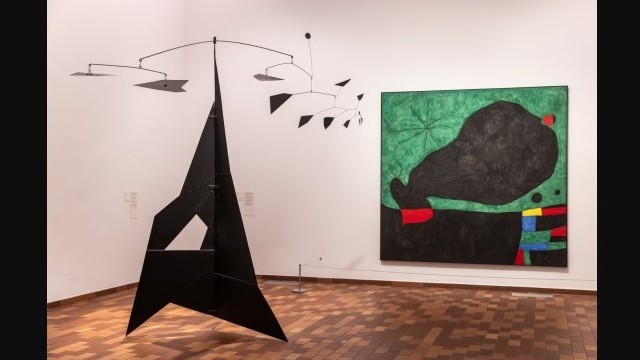
Fundació Joan Miró Presents Miró and the United States
December 24, 2025